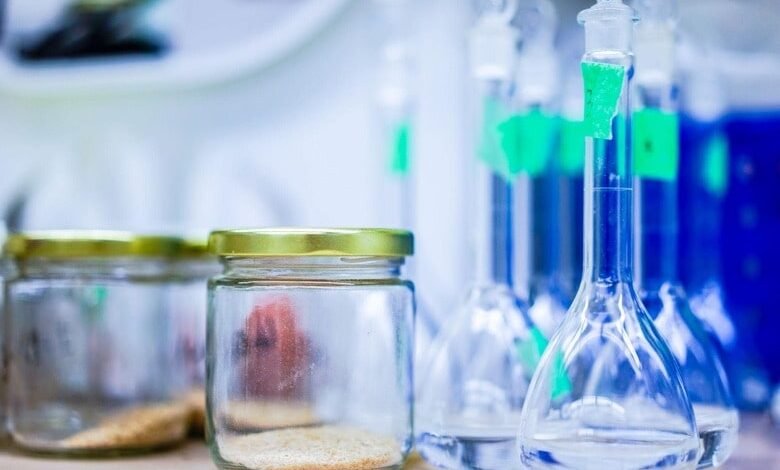Guide to Storage and Management of Biological Samples

Biological samples are materials that contain genetic material, proteins, or other biomolecules derived from living organisms. They are crucial in research fields such as genomics, proteomics, and drug discovery. Proper storage and management of biological samples are critical to maintaining their quality, integrity, and usability in downstream applications. In this guide, we will discuss the best practices for the storage and management of biological samples. Biological samples are essential in research, diagnostic, and therapeutic applications. They are often collected from humans, animals, plants, and microorganisms, and may include blood, tissues, cells, urine, saliva, and DNA. Proper storage and management of biological samples are critical to maintain their quality and integrity and to ensure their availability and usability for future studies.
Sample Collection
The first step in the proper storage and management of biological samples is the collection process. Samples should be collected under sterile conditions to avoid contamination. The type of sample collection method used will depend on the sample type. For example, for blood samples, venipuncture or finger-stick methods are commonly used. Urine and saliva samples can be collected using non-invasive methods. It is essential to collect samples in appropriate containers that are free of contaminants.
Sample Processing
Once the samples are collected, they should be processed immediately to preserve their quality. Different types of samples require different processing methods. For example, blood samples need to be centrifuged to separate the plasma or serum from the blood cells. Tissue samples need to be homogenized to extract the desired biomolecules. It is important to use appropriate buffers and reagents during sample processing to avoid degradation or denaturation of the biomolecules.
Sample Identification
Each sample should be identified with a unique identifier that can be used to track the sample throughout the storage and management process. It is important to use a consistent naming convention to avoid confusion. Barcode or RFID (Radio Frequency Identification) systems can be used to automate the tracking process and reduce errors.
Sample Storage
The choice of storage conditions depends on the type of sample and the downstream application. Samples can be stored at different temperatures, including room temperature, refrigerated, frozen, or cryopreserved. The storage conditions should be chosen based on the stability of the biomolecules in the sample. For example, DNA can be stored at -20°C for short-term storage, while long-term storage requires -80°C or lower. It is important to avoid temperature fluctuations and to monitor the temperature regularly. Samples should be stored in appropriate containers that are free of contaminants.
Sample Retrieval
Samples should be stored in a way that enables easy retrieval when needed. The storage location and sample identifier should be recorded in a centralized database or inventory management system. The database should include information on the sample type, bioinventory storage solutions conditions, and any other relevant information. Retrieval of samples should be done using a standardized procedure to ensure consistency and reduce errors.
Sample Quality Control
Regular quality control checks should be performed to ensure the integrity and usability of the samples. Quality control checks can include visual inspection, biochemical assays, and genomic or proteomic analysis. Samples that do not meet quality standards should be removed from the inventory and disposed of properly.
Sample Sharing
In some cases, biological samples may be shared between different research groups or institutions. Proper protocols should be followed to ensure the ethical use of the samples and to avoid the spread of contaminants. The sharing of biological samples should be done through a Material Transfer Agreement (MTA) that outlines the conditions of use, ownership, and liability.
Sample Disposal
When samples are no longer needed or have expired, they should be disposed of properly. The disposal method should be in compliance with local, state, and federal regulations. Biological waste should be segregated from other types of waste and disposed of using appropriate methods, such as autoclaving or incineration. Biological samples may have a limited shelf life, or their use may be restricted by ethical, legal, or regulatory considerations. A sample disposal plan should be developed to ensure that samples are properly disposed of when they are no longer needed or are no longer viable. The plan should also address the potential risks associated with the disposal of biological samples, such as environmental contamination or accidental exposure.
Conclusion
Proper storage and management of biological samples are critical to maintaining their quality, integrity, and usability in downstream applications. Sample collection, processing, identification, storage, retrieval, quality control, sharing, and disposal are all important steps. proper storage and management of biological samples are critical to ensure their quality and integrity. A well-designed sample storage system should consider the type of samples, storage conditions, monitoring and maintenance, and disposal plan. By following these guidelines, researchers can optimize the use of biological samples for current and future studies, and contribute to the advancement of scientific knowledge and medical practice.
Visit our website to read such interesting content.






